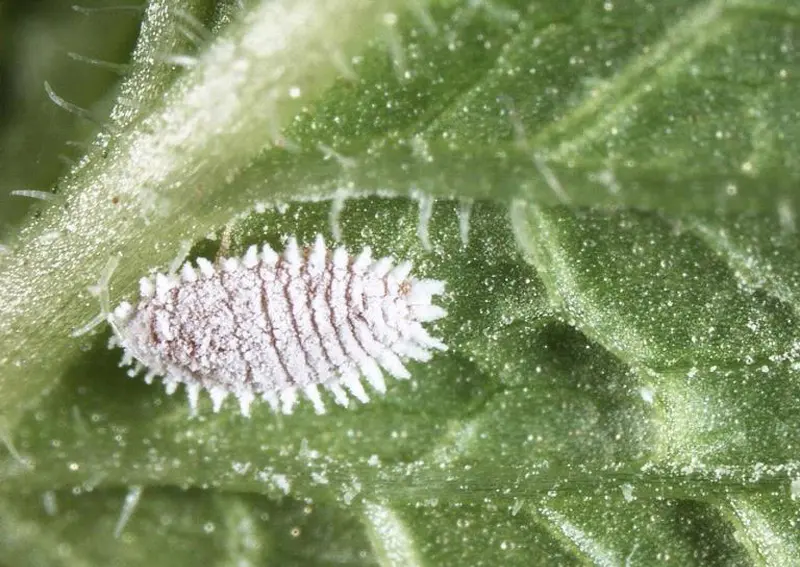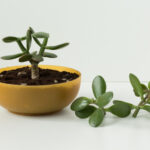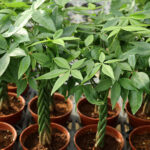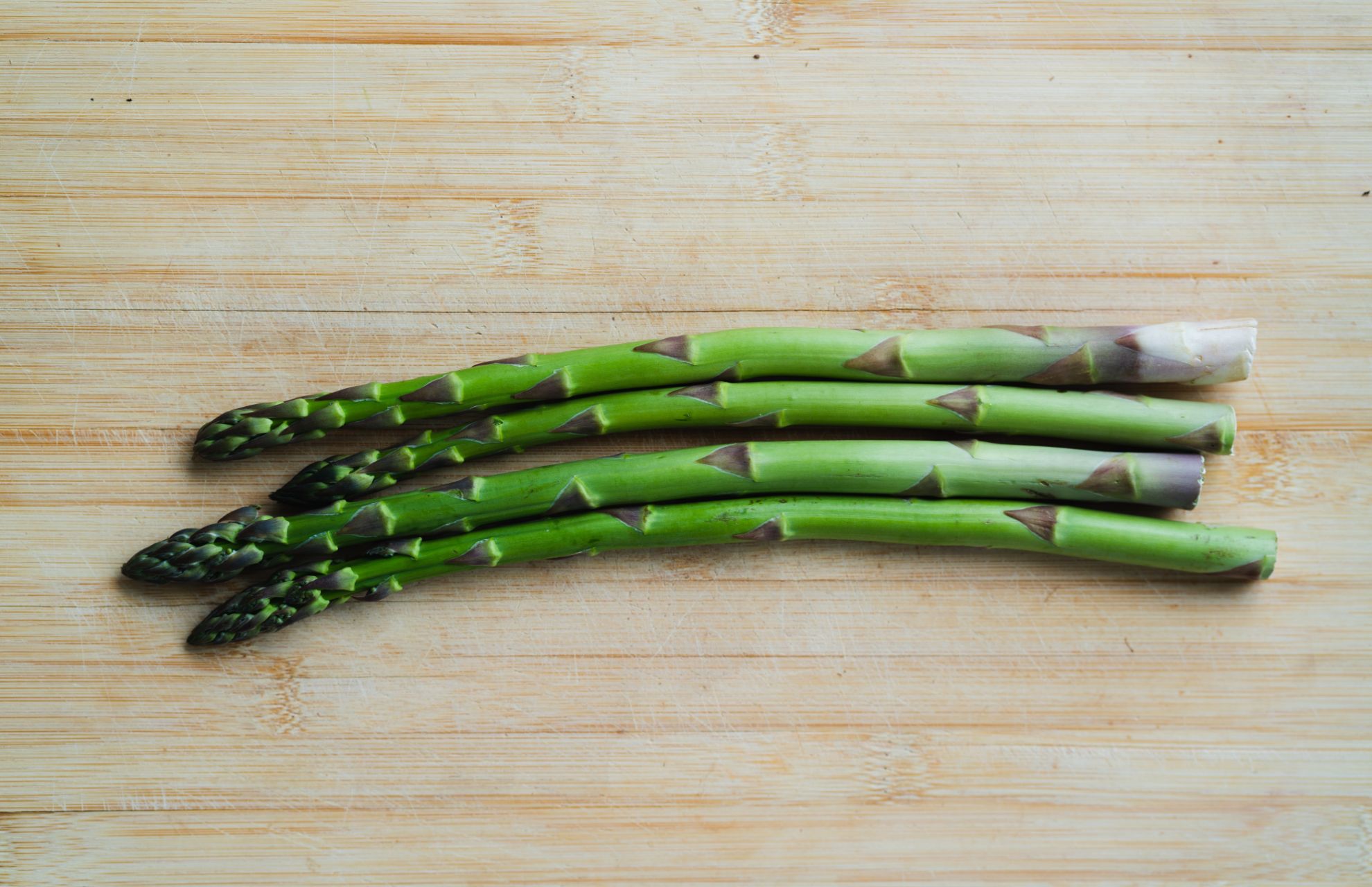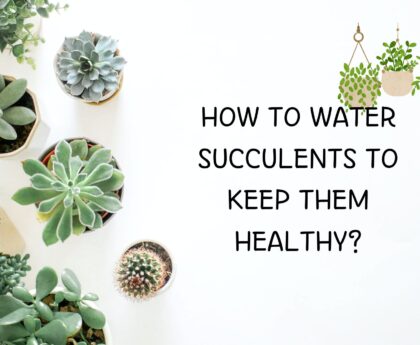Mealybugs are not harmful to humans. Mealybugs are frequently spotted on houseplants and in yards. These bugs will consume plant fluids from several trees and ornamental plants. Mealybugs may hurt your plants, but are they dangerous to people as well?
Mealybugs destroy plants, but because they don’t sting or bite, they can’t directly hurt people. Despite this, there have been isolated instances in which mealybugs have given people bacterial or viral illnesses, some of which have been deadly. Let’s examine the risks that mealybugs bring to people.
What Dangers Do Mealybugs Pose To Humans?
Mealybugs don’t bite, thus they are not hazardous, although they can transfer bacteria. As they consume plants, they generate a chemical called honeydew. A fungus known as sooty mold, which may be dangerous to humans in big numbers, can grow when honeydew is left on the plant’s leaves. Particularly in small children and the elderly, having mold in the house can lead to respiratory problems.
Mealybugs are more likely to harm your plants, but normally just the plant will suffer and no harm will come to you or your family. They won’t sting or harm people. Mealybugs won’t harm your family as long as you take action to eradicate them as soon as you become aware of their presence.
Mealybugs can also be dangerous to people in other ways, such as by destroying crops and impairing a farmer’s ability to make a living. Due to their rapid reproduction and ability to infest a plant, mealybugs are typically more bothersome than dangerous. At one moment, a female mealybug will lay 600 eggs.
Mealybugs can draw other insects, such ants, who feed on the eggs and are more dangerous to people since they can sting. It is essential to isolate your indoor plant if it has a mealybug infestation to prevent spreading the disease to other plants. There is a chance that mealybug infestations can draw stinging ants to your yard.
Keep pets and young children away from the area, or they may be affected.
What and How Mealybugs Kill Your Plant?
What Plants are affected
Mealybugs can cause problems for a wide variety of plants.
They are a scourge of the greenhouse owner and vegetable gardener.
Plants affected by mealybugs include:
- Cacti and succulents
- African violets,
- Bougainvillaea
- Citrus plants
- Fuchsia
- Grapevines
- Hoya
- Orchids (especially Phalaenopsis)
- Oleander
- Passionflower
- Peach
- Tomato
In the tropics, mealybugs can cause significant damage to crops of mangos sugarcane and pineapples, with loss of crops and income.
How Plants are affected
Mealybugs cause damage to plants by penetrating their outer protective layers with their eating parts.
The following effects on the plant result from this:
plant deterioration
impeded growth
decreased vigor
fading leaves
leaf fall
disease susceptibility
Mealybugs are also carriers of several plant diseases, such as sooty mould, which is aided by honeydew, a sugary waste product made while the mealybugs eat.
This invasive mold imparts a damaged, blackened look to the leaves and stems.
What Risks Do Mealybugs Pose To Pets?
Pets like cats and dogs are not at danger of being harmed by this kind of insect. Since the bugs are usually only found lurking behind the leaves of plants, they may either consume the bugs without any problems or just stay away from them.
Pets should avoid several common home plants, including peace lilies, alliums, philodendrons, yews, and poinsettias. Instead of having eaten mealybugs, your cat or dog may be experiencing symptoms if they ate a piece of a hazardous plant. You need to get veterinarian help right now.
Avoid a Mealybug Infestation
Environment of Plants
Mealybug attraction is more likely when your plants are kept in a warmer or more humid atmosphere. With outside plants, this is not feasible.
Mealybugs are attracted to overwatered plants.
Be careful not to use too much fertilizer. Mealybugs thrive in this kind of climate.
Places to Hide
The worst mealybugs are those on succulents. Behind the fleshy leaf clusters, they are working away at suckling the plant to death.
Mealybugs seldom remain outside. Search for them in the crevices of your plant’s stem and on the underside of its leaves.
Even the mealybugs that reside beneath the soil level are these.
Preventing Infestations
Check your plants frequently for mealybugs. It is unfortunately more difficult to manage their growth because they are only evident when their number grows.
When mealybugs are discovered on a plant, isolation is your best option. In this manner, you may keep pests away from your vegetation.
Applying insecticidal soaps or dabbing the mealybugs with cotton swabs soaked in alcohol will help you save a plant from mealybug infestations in the early stages. Be cautious to spray the underside of leaves when using a spray.
Consider removing a plant entirely if you discover it to be severely infested with mealybugs.
Conclusion:
Mealybugs Are Not Dangerous To People
Despite being a widespread problem for plant owners, mealybugs do not harm people or animals. They may worsen the situation since they draw ants and encourage the growth of soot mold.
When combined with water and sprayed on the damaged plant, insecticidal soap is an efficient technique to eliminate mealybugs and their eggs. You can contribute to the health and pest-free growth of your plants by taking a few easy actions.

